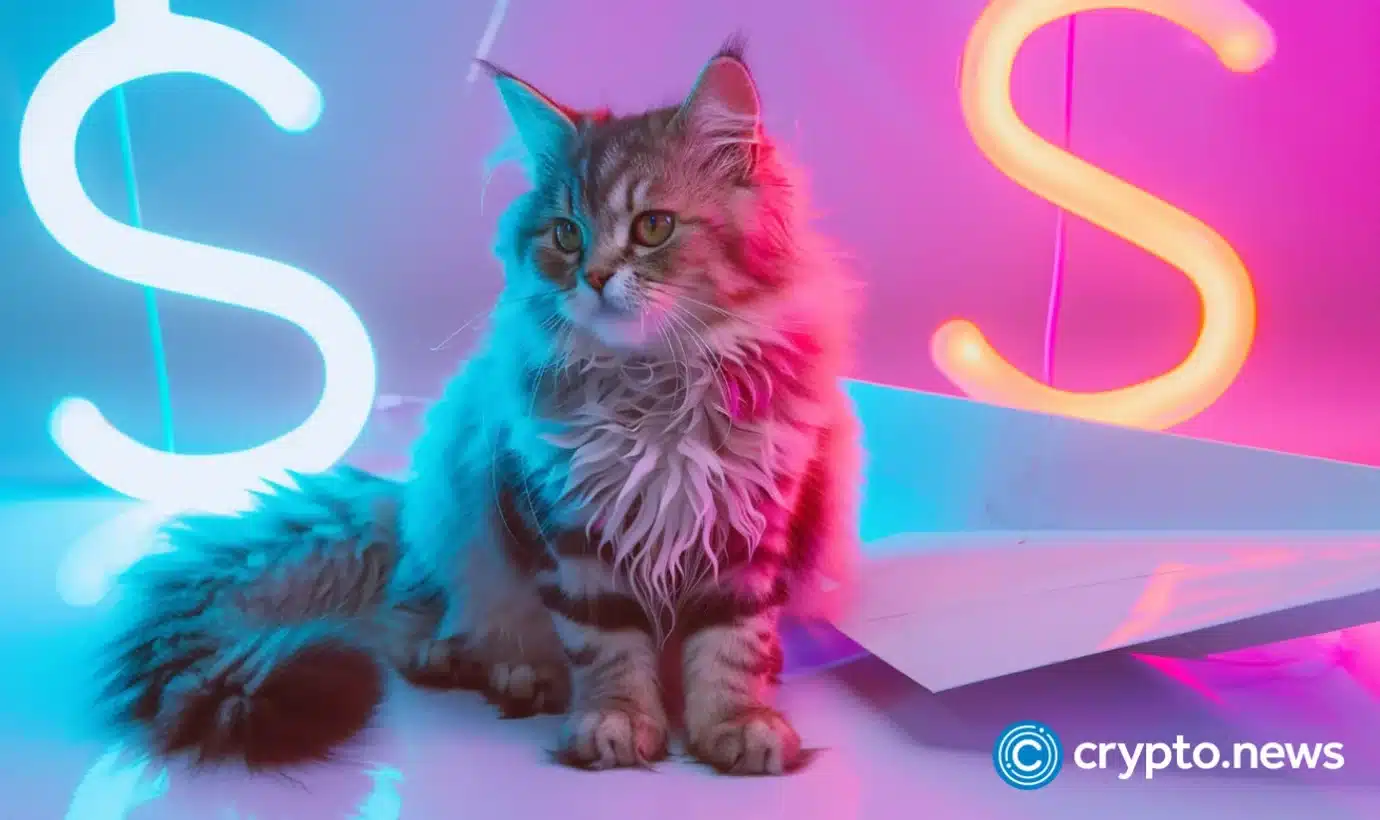Catizen price is performing well in pre-market futures ahead of the official airdrop scheduled for Sept. 20.
Catizen (CATI) token was trading at $0.51 on Monday on OKX, up by 45% from its lowest level on Sep. 5.
This rebound happened in a difficult time for the crypto market as Bitcoin (BTC) and most altcoins dropped. Bitcoin dropped to $52,558 last week while Ethereum (ETH) fell to a monthly low of $2,150.
Catizen’s token rose as developers confirmed that it will be listed on several high-profile exchanges like Gate.io, Binance, and Bitget. These exchanges have already started running promotions for the airdrop.
Bitget Wallet is offering users a chance to win $20,000 for those who enter the Catizen earn page by Sep. 20. Binance, which has invested in Catizen, has pledged to distribute $300,000 in Fish Coins and MNT to users.
Catizen has become one of the more popular play-to-earn platforms on Telegram, where it has accumulated over 35 million users worldwide. These users earn tokens by playing simple cat-themed games.
In addition, users can make more tokens by participating in simple tasks like joining its Telegram news channel, following it on X, where it has over 2.7 million followers, and making daily purchases in the ecosystem. CATI holders will then be able to redeem them for cash when the airdrop happens later this month.
Catizen’s challenge, however, is how to maintain momentum after its airdrop, as many Telegram tokens have retreated after beginning to trade. Notcoin (NOT), a popular Telegram tap-to-earn token, has dropped by over 72% from its all-time high.
Similarly, Pixelverse (PIXFI) has fallen by 93%, while Avacoin has crashed by more than 90% from its record high. Most recently, the DOGS token initially surged to $0.002 after listing but has since crashed by 50% to $0.001.
Catizen’s other challenge will be to avoid the mistakes made by other play-to-earn platforms like Axie Infinity (AXS), Decentraland (MANA), and Gala Games (GALA). Their tokens have dropped by over 80% from their all-time high, while the number of users has dwindled. Decentraland had just 750 unique active wallets, in the last 30 days while The Sandbox had 2,000 users.
Tổng hợp và chỉnh sửa: ThS Phạm Mạnh Cường
Theo Crypto News
